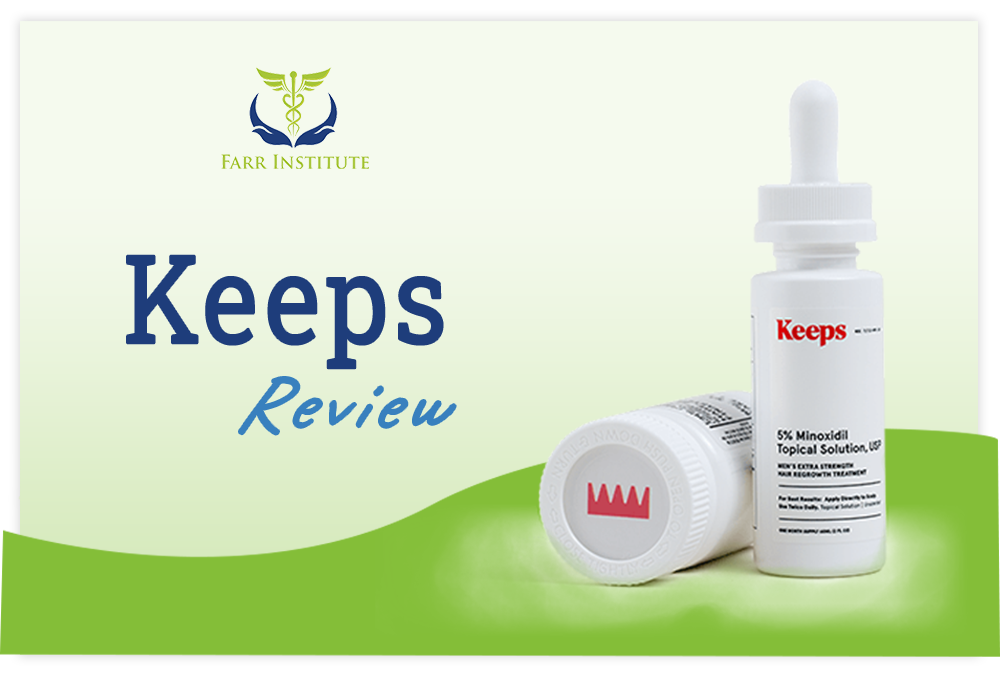

However, because our body hair is so thin, this does not have a big effect in keeping us warm. This is an attempt to trap heat close to the body and we see this as goosebumps. When we are cold, the muscles of the hair follicles on the body contract to cause the hairs to stand straight. Our body hair and head hair theoretically have a role in keeping us warm, but the effects are minimal. Going bald or thinking of shaving your head? It won’t much affect your overall sweat rate. Removing body hair will not have a large impact on your overall sweat rate.

So the best way to keep cool in the heat is to keep these areas uncovered (but still use sunscreen). These are our forehead, neck, feet and hands. This means you would need to sweat more during exercise in the sun to reduce an increase in body temperature, but not by much.Īreas of our body that have the highest sweat rates during exercise. Removing head hair would increase the amount of sun that reaches your scalp. You might think removing body hair or having a bald head is best for sweating and keeping cool when exercising in the heat. The art of balding: a brief history of hairless men
#KEEPS HAIR SKIN#
This made our skin optimal for sweat evaporation – and the heat loss that goes with it – to keep us cool. Fewer hair follicles in our skin made room for more sweat glands. So humans evolved to lose body hair to be better adapted to exercising in the heat. Sweating is the best way to lose heat and cool down, but the presence of hair reduces sweating and heat loss from the skin. This meant they needed a way to handle the increased body temperature that comes with physical activity in the heat. When humans moved from living in the jungle to the savannah, they needed to walk and run long distances in the sun. How humid is it? 3 things to keep you cool in a hot and sticky summer (and 3 things that won't) Curly hair may provide the best protection.


 0 kommentar(er)
0 kommentar(er)
